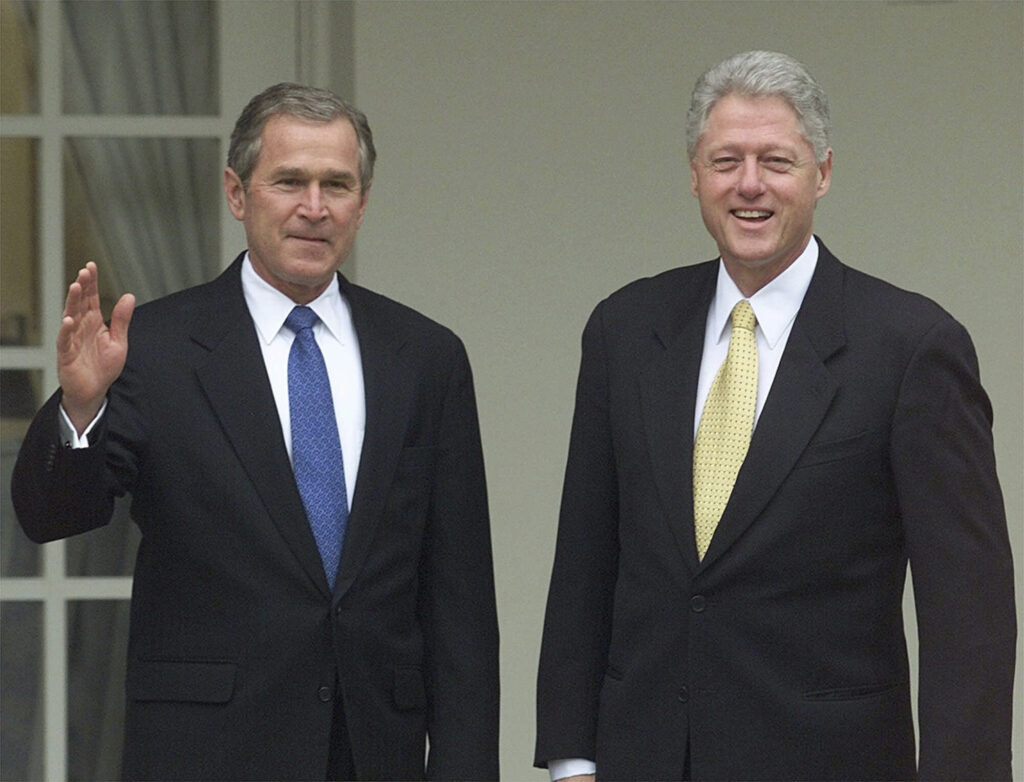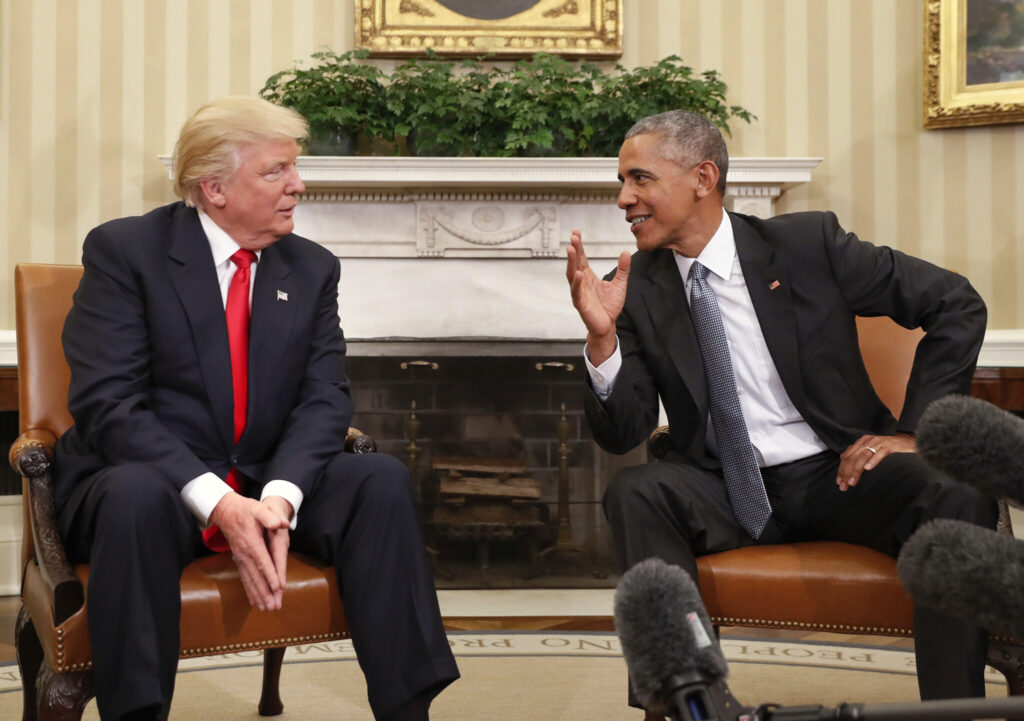Biden invites Trump to White House/ presidential transition tradition/ Biden Trump meeting/ Oval Office visit/ peaceful power transfer/ Newslooks/ WASHINGTON/ J. Mansour/ Morning Edition/ President Joe Biden has invited President-elect Donald Trump to the White House this week in a gesture of peaceful transition, despite Trump’s past refusal to extend the same courtesy. This traditional meeting, scheduled for Wednesday, symbolizes the commitment to stability and unity in U.S. politics as Trump prepares for his return to office in January.

Biden’s White House Invitation to Trump Upholds Transition Tradition: Quick Looks
- Historic Gesture: Biden has extended an invitation to Trump, honoring the tradition of peaceful transitions.
- Past Tensions: Trump didn’t offer Biden the same courtesy in 2020, leaving Washington before Biden’s inauguration.
- Transition of Power: Biden has pledged full cooperation to ensure a smooth transfer to Trump’s administration.
- Significance of the Meeting: This marks a rare second-term return by a former president after defeating his successor.
Biden and Trump to Meet at White House, Continuing Historic Tradition
Deep Look
President Joe Biden has invited President-elect Donald Trump to the White House in a traditional gesture marking the peaceful transfer of power. The scheduled Oval Office meeting on Wednesday will give Trump, set to return to office in January, an opportunity to sit down with Biden, the man who succeeded him after the contentious 2020 election. The invitation reflects a return to tradition, which Trump notably bypassed in 2020, declining to meet Biden or attend his inauguration.
This tradition, upheld by Biden, underscores the continuity of democracy despite political rivalries. The two men have a complex history, with Biden defeating Trump in 2020 and Trump recently winning the election against Biden’s successor, Vice President Kamala Harris. Biden had hoped to serve another term but endorsed Harris after deciding to withdraw from the race in July.
Biden’s gesture is not without precedent; past presidents have often welcomed their successors to facilitate a smooth transition. In 1992, outgoing President George H.W. Bush met President-elect Bill Clinton shortly after their heated election campaign. Clinton later described the meeting as “terrific,” noting Bush’s willingness to discuss policy and introduce him to the transition staff. The meeting set a tone of cooperation that has become customary, although the atmosphere varies depending on the personalities and politics involved.
Trump’s Previous White House Meeting
Trump has been in this position before. Shortly after his election victory in 2016, he met with then-President Barack Obama, who committed to helping ensure Trump’s success for the nation’s sake. Despite their deep political differences, the meeting was cordial. Trump seemed initially reserved, describing Obama as “a good man” and expressing respect for the outgoing president, even hinting at a willingness to seek Obama’s counsel.
However, relations quickly soured once Trump took office. Four months after the meeting, Trump accused Obama of wiretapping him at Trump Tower, comparing it to “Nixon/Watergate” and calling Obama a “bad (or sick) guy.” These accusations were later disproven, and aides from the Obama administration noted that Trump’s transition team had shown little interest in traditional guidance or preparing for the complex responsibilities ahead.
Historical Tradition of Peaceful Transfers
While formal meetings are not a requirement, they have become an expected part of the presidential transition. Historians note that these face-to-face encounters symbolize a peaceful, democratic handover of power, with historian Jim Bendat calling such exchanges “healthy for democracy.” As former Vice President Walter Mondale said, they help establish a “psychological transfer” of leadership.
The practice dates back to at least 1841, when outgoing President Martin Van Buren hosted President-elect William Henry Harrison for dinner. More recently, George W. Bush invited Barack Obama to the White House in 2008, calling his election a “triumph of the American story.” Bush’s willingness to welcome his successor marked a high point in the peaceful transition of power, particularly after Bush’s own challenging transition from the disputed 2000 election.
Even adversaries have engaged in this tradition. In 2000, Bush, then the president-elect, met briefly with Al Gore after the Supreme Court decided the contested election. Though the two didn’t share details of their conversation, Gore’s press aide described it as a way to demonstrate that “this is a country where we put aside our differences after a long and difficult campaign.”
Biden’s Commitment to Transition
As Biden prepares for the meeting, he has pledged to facilitate a smooth handover, affirming his commitment to a peaceful transfer of power. Speaking about his conversation with Trump after the election, Biden emphasized his intention to work with Trump to unify the country and assured him that his administration would cooperate fully with Trump’s incoming team.
Trump’s communications director, Steven Cheung, confirmed Trump’s anticipation of the meeting, though he avoided comment on specific topics. With both Biden and Trump committed to this meeting, the Oval Office visit will likely serve as a symbolic moment in a politically charged era.
Other Meetings and Protocols
Despite the tensions between Biden and Trump, both leaders have expressed interest in respecting the process. Biden’s invitation also extends to former first lady Melania Trump, who will return to the White House alongside her husband. Meanwhile, Vice President Kamala Harris and Trump spoke by phone following the election, but no formal in-person meeting is scheduled between the two.
This invitation stands as a reminder of the importance of tradition in the U.S. democratic system, allowing political opponents to set aside differences in favor of continuity. As Biden prepares to step down and Trump readies for his second term, their brief meeting may serve as a crucial step in restoring some semblance of unity and cooperation amidst a polarized landscape.








You must Register or Login to post a comment.